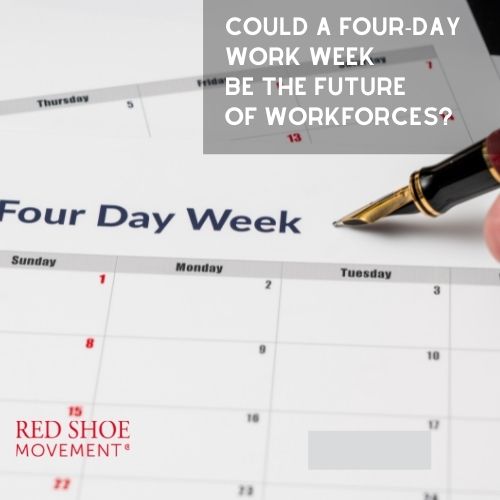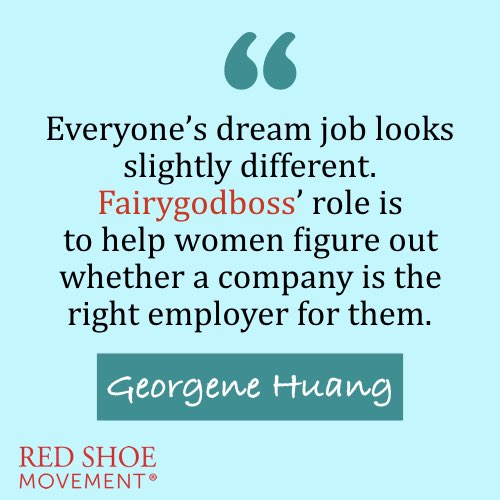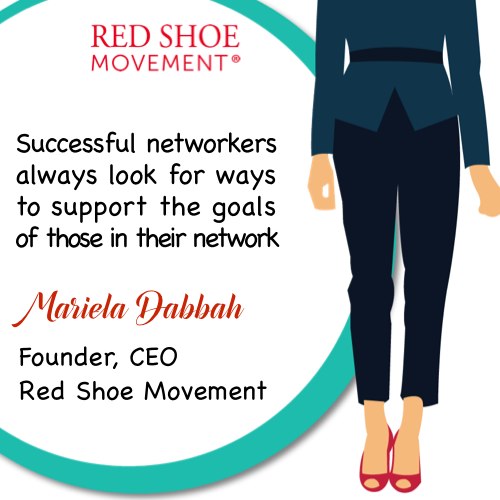It’s no longer an option. If you want to be a leader in your line of business, you must have an integrated talent management strategy in place. We talked with Marcelo Fumasoni, VP and Head of Human Resources of Latin America and Canada for Novartis who shared his experiences on corporate social responsibility and integrated talent management with us.
We have reached a point where disregarding 50% of the talent pool is inadmissible. It’s no longer an ethical or moral issue. It’s a business imperative. With a fiercely competitive global economy where women influence 80% of the purchasing decisions, organizations are forced to seriously look at the lack of female leadership at senior levels.
If you are serious about corporate social responsibility, you need to begin by evaluating your own talent management strategy. Do you have policies in place that enable your employees to shape a career path that fits their priorities? Can women and men take time off to parent their young children or care for a sick relative without needing to leave their jobs?

In a brilliant article, Judy Shen-Filerman, principal and founder of Dreambridge Partners, points out that many women opt out of their jobs not because they don’t want the jobs but because their companies don’t make it possible for them to keep those jobs when personal priorities change. Is your company one of them?
What does it take to retain top female leaders?
It’s sad that in 2014 we have to explain the need for organizations to develop policies that adjust to women’s realities. But if you really want to promote and retain female leadership, you must rethink your policies, business, and corporate social responsibility strategic goals. You’ll have to reframe the way in which you measure performance and reward achievement, and you will have to build a flexible culture that embraces your employees changing priorities.
It’s now more important than ever to set in place an integrated talent management for female leadership strategy.
Novartis, a large corporation with integrated talent management strategies that brings results

Some companies have had integrated talent management for female leadership strategies in place for a long time. Take Novartis, for example – a large pharmaceutical corporation that for over six years has directed specific efforts to attracting, engaging and developing female leadership.
In a recent conversation with Marcelo Fumasoni, VP and Head of Human Resources of Latin America and Canada, we had a chance to learn how the company is handling talent management to increase female leadership and the great results they are obtaining.
When it comes to female leadership, what are some of the challenges you face as the Head of HR in Latin America for a large corporation?
The challenge is to create an open, transparent and trusting environment where we can have career conversations with no preconceived notions on either side.
When it comes to Latin America and Canada, our challenge is to offer an attractive career proposition. For that we take into consideration family and dual career planning. The challenge is to have the ability to create roles for employees to acquire new capabilities that don’t entail moving at a time when it’s inconvenient for the employee to move.
Novartis is an organization that has been working in a permanent evolution mode regarding its own Diversity and Inclusion strategy. A key driver of a more inclusive environment has been to establish clear parameters to improve our female pipeline bench strength. You can’t leverage diversity without inclusion in the workplace and workforce!
How does Novartis handle talent management for female leadership in the region?
At Novartis we are continually fostering a culture in the workplace that enables us to act inclusively and leverage our diversity efforts. If we can keep that ability in place, we are able to create value, engage employees, and generate the best outcomes for our patients and customers.
As a next step, we secure the implementation of policies that are in line with our talent management strategy. This means: maintain a gender balance at the moment of external hiring, equal participation in educational and leadership programs, have regular D&I internal forums where we can gather insights about how to improve the conditions in the workplace (for example, re-entry conditions after maternity, dual career planning), mentoring programs, etc.
Do you find that the double burden most women face is more or less of a problem for your employees in Latin America vs. the U.S? How does the double burden affect integrated talent management for female leadership strategies?
I understand where you are going with the question but Novartis we have been able to handle the development of an inclusive and nurturing environment no matter what country we are in. Therefore, it’s a bit difficult for me to remove myself from my reality.
I believe that the differences in both geographies could be minimized if the Talent Management, Learning and Development agenda are fully integrated and are a priority for the Executive Board of Directors.
Studies show that the fact that more women are graduating from college than men in itself won’t solve the gender parity problem at the executive level. What do you think organizations can do to move the needle faster? Any suggestions for effective strategies for integrated talent management to fuel female leadership?
Yes, I agree with these studies. Graduation alone does not change this. We need to ensure that the company recruits at the entry level on equal basis distribution of gender. When there’s an opening at the C-level, there should be inclusive recruiting actions so as many men as women are considered for the position. In addition, companies must have Human Resources policies in place to enable both genders to grow equally.

Sometimes to accelerate (and to see results in the long run) you have to slow down. You have to build a career plan that is not the typical one. Life events and circumstances – for instance, the need for dual career and family planning – need to be taken into consideration in order to support career growth.
For example, an entry-level female employee could move at half the pace of a male just because of the family planning component. The recommendation will be to have a thorough plan from the beginning and to have a common agreement with the associate that the acceleration and career progression will be implemented at the right time for both parties.
Could you point out the most commonly-held biases against women that affect the opportunities they are offered in an organization?
Usually, the most commonly-held biases are that women are less mobile, and that they may not have the experience needed for the position at hand. At Novartis we have been constantly implementing D&I efforts for over six years and we make sure this does not happen.
One last question: What can women do to empower themselves and propel their careers?
Sometimes the most common self-imposed barriers arise from the most basic things. For example, a failure to capitalize on the opportunity to have an open conversation about mobility or timing to reach a new role could be a common derailer. That is why the culture component (trust, confidence, openness, focus on our patients and customers) is a key success factor.
My recommendation is for women to take more risks at the beginning of their corporate careers (expand roles, move to different geographies, get to know different business units, do the field work) in order to have a robust set of capabilities and experiences in place when the opportunities arise… And this actually applies both to men and women.

Integrated talent management for female leadership – strategies that work
We all know how hard it is to find great talent. Why risk losing it and incur the high cost of recruiting, training and acculturating new talent if you can come up with a solid integrated talent management for female leadership strategy?
Here are a few ideas you should consider:
- Offer part-time, job-share or telecommuting options as an ongoing career path. This means maternity or paternity leave should be seen as a temporary choice within a career path and not as quitting a job to raise a family. Encourage your executives to take advantage of some of these options to set an example.
- Keep in check the need for face time as a requirement for any job. Ensure that people (often women) who choose to work remotely are not penalized for doing so at bonus/promotion time.
- With this in mind, ensure that you offer development opportunities for people who have chosen to work remotely and not only for those who come to the office.
- Make sure that employees who are single have the flexibility to pursue passions outside the office. Oftentimes the integrated talent management for female leadership strategy only focuses on mothers trying to integrate work-life and leaves out single women.
- Offer job-sharing alternatives so that two people are responsible for a function. These options, often implemented in admin positions, can easily be implemented in management positions as well and are ideal to encourage female leadership.
- Offer daycare services within your organization to make it easier for new parents to return to work without worrying about leaving their young children at home. Encourage them to spend time with their kids during the day.
- Invite women to exercise their female leadership style rather than expect them to fit within your organization’s more male-oriented leadership style. This means you should encourage and celebrate women’s tendencies to:










































































































































































































































































































































































